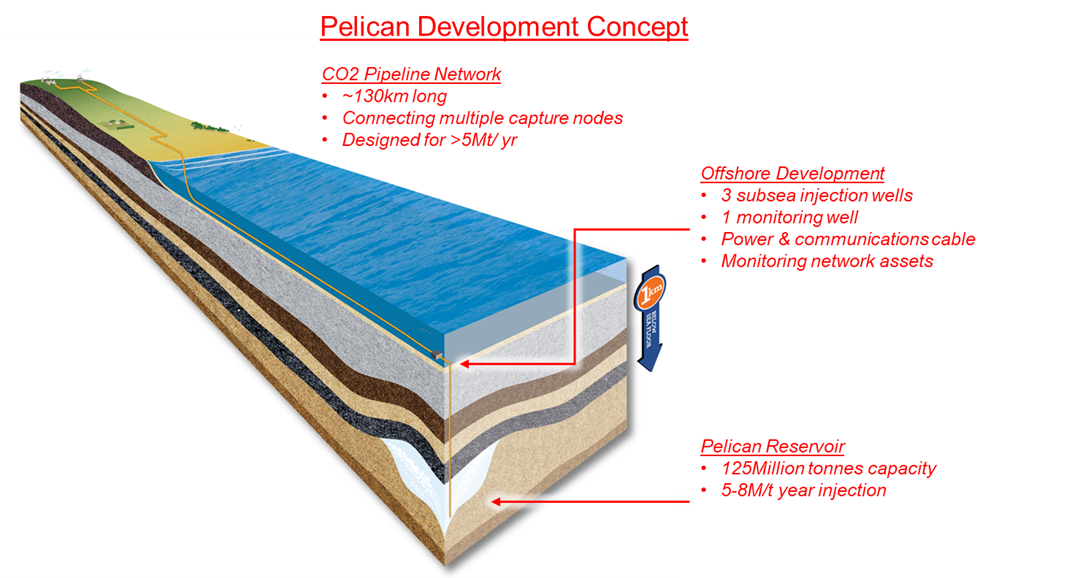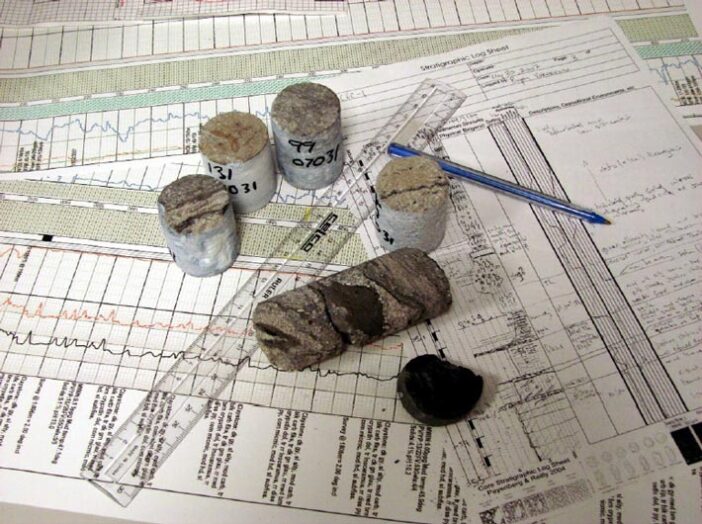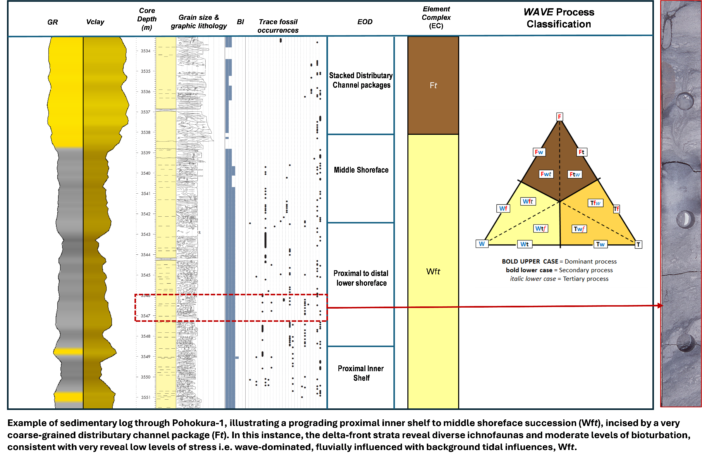
- This event has passed.
LIVE WEBINAR – Carbon Storage in Gippsland – Now or Never?
Tuesday, 30 November, 2021 @ 11:00 am - 12:00 pm (Australia/Perth time)
Free – $10.00
Kindly supported by Rock Flow dynamics 
This live webinar will take place at:
11am – Perth
12.30pm – Darwin
1pm – Brisbane
1:30pm – Adelaide
2pm – Canberra, Hobart, Melbourne, Sydney
Use the calendar link on this page to add this event in to your own calendar at the correct local time for your location.
Tickets are free for members (please log in to see this) and $10 for non members.
Please buy your tickets and immediately follow the link in the ticket e-mail (not the calendar invite or this webpage, which is just generic and not event specific) to set up your registration with the webinar software well in advance of the time of the talk. Once registered with the webinar software you will receive a reminder e-mail 1 hour beforehand.
Carbon Storage in Gippsland – Now or Never?
Presented by Nick Hoffman
Abstract
The Gippsland Basin is Australia’s first and foremost petroleum basin with a 50+ year history of hydrocarbon production and energy delivery to the Australian economy. It is now in a late stage of its petroleum history but a new chapter of basin usage is dawning with the opportunity for CO2 storage as part of Australia’s new energy economy. There is also a very large onshore brown coal resource that has underpinned Victoria’s electricity grid for most of the last century. Within this resource-rich basin, the CarbonNet Project has been running for over 10 years and has identified a small portfolio of safe long-term CO2 storage sites.
CarbonNet holds several offshore GHG evaluation permits which offer exclusive rights for storage of CO2 in those areas. A process of permit merger and consolidation is underway to meet the requirements of the Offshore Petroleum and Greenhouse Gas Act – specifically that all CO2 storage takes place within a single permit that covers the whole “Storage Formation” – the technical term for the combination of geologic strata (reservoirs and top seals) and structural configuration that represents a permanent trap for buoyant CO2.
The primary storage site for CarbonNet is the Pelican site situated only a few km offshore. This site is fully-appraised after a 3D high-resolution seismic survey acquired in early 2018 and an appraisal well drilled in 2019/20 at the proposed future injection site. The well demonstrated excellent reservoirs with better permeability than the forecast, and well analysis has defined multiple pressure seals between vertically-stacked aquifers that represent potential independent injection zones. Pre-well estimates of storage capacity have a P90 capacity of 125 million tonnes (MT), P50 of 250 Mt, and P10 of 500 MT, consistent with Society of Petroleum Engineers resource estimation guidelines. Post-well static and dynamic modelling is under way and is expected to significantly increase the pre-well capacity. This storage capacity is contingent on commerciality and permitting but is fully technically ready. The CarbonNet project is in negotiation with a range of potential customers for fee-for-service use of a pipeline transport hub and storage cluster. These potential users include hydrogen export (with domestic supply options), biomass, petrochemicals, and energy industries.
The opportunity also exists for brownfield storage sites in depleted oil and gas fields in the basin. The Bass Strait Joint Venture owns and operates a large collection of late-stage oilfields and partly-depleted gas fields, with connecting pipelines and there are obvious opportunities for re-use of these sites for CO2 storage, since the traps are well-prove and their reservoir performance has been modelled over a 50-year production timescale. These assets are approaching end-of-life in many cases and important decisions need to be made about abandonment of some of the platforms, safe capping of the production wells, and options for conversion to CO2 storage. CarbonNet is not directly involved in this planning, but does have in its portfolio one example of a depleted oilfield – the relatively small and nearshore Perch oilfield which is fully-depleted and has been evaluated as the Kookaburra CO2 storage site within GHG Permit G-5-AP – the new unified permit covering VIC-GIP-001 and VOC-GIP-004.



